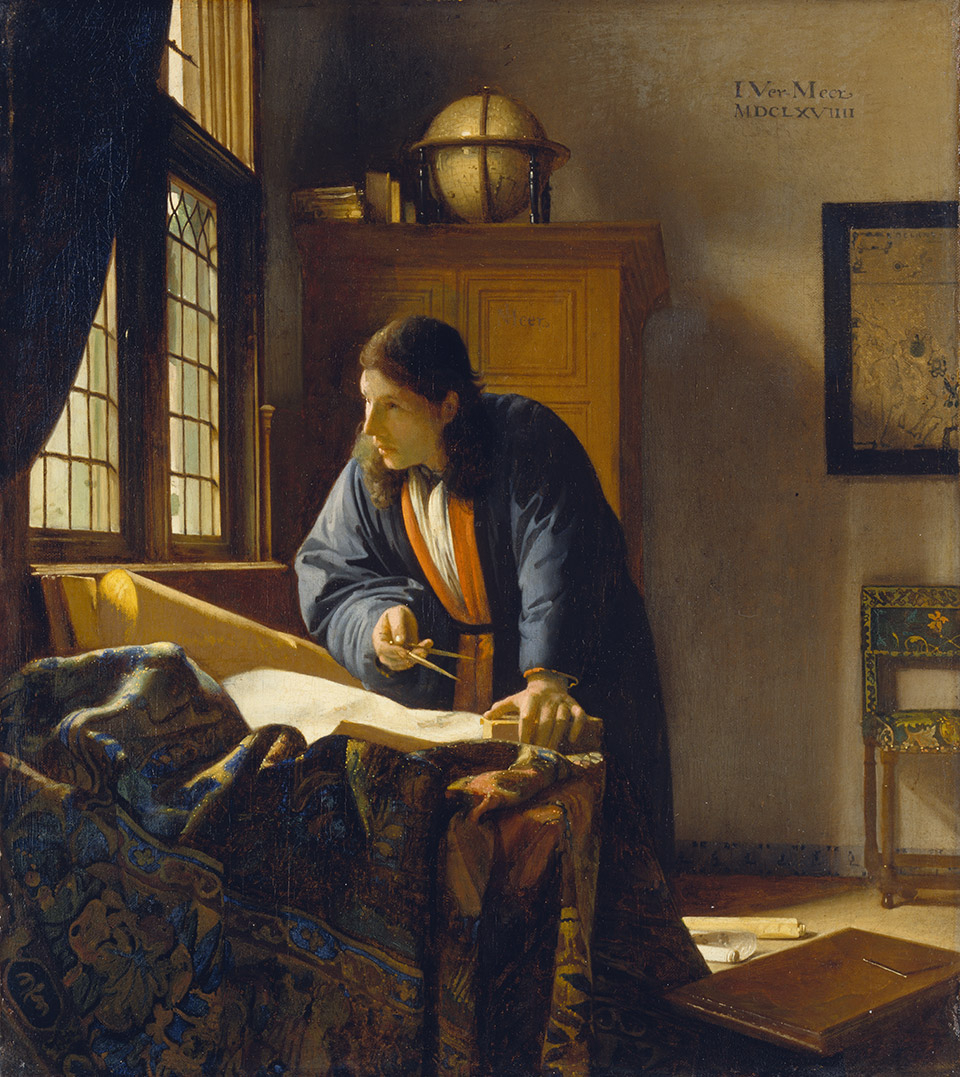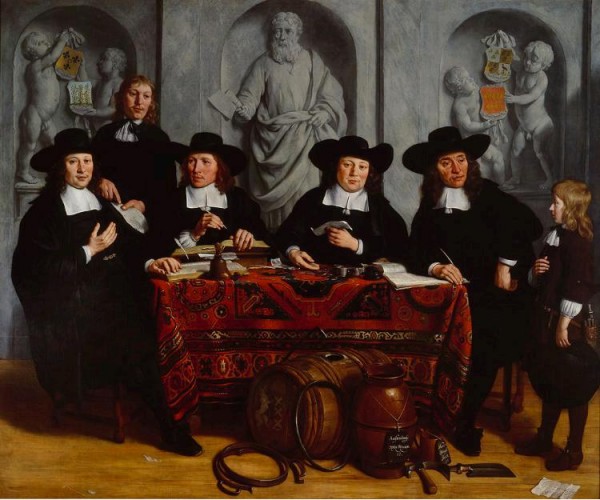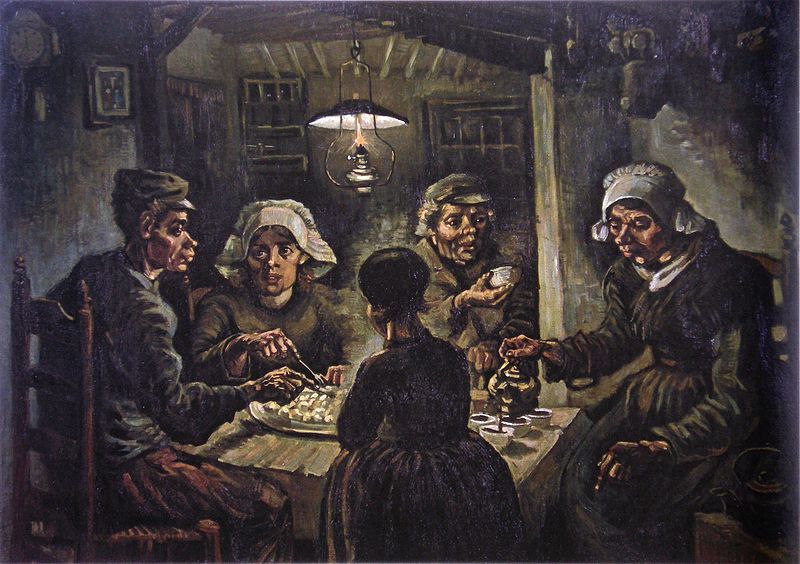No Sides and Defending a Position


I am reminded of two things I have read recently. The first, a recent blog post; the second, a book on dialogue. Let me start with the blog post.
The blog starts with three claims: (i) we modern people are conditioned to think dichotomously or binary; (ii) we must constantly defend our position, sitting on the fence is not a possible position; (iii) refusing to defend a position inadvertently means you are against that position (Ravichandran 2020).
In the book on dialogue the author states that:
“Dialogue, as I define it, is a conversation with a center, not sides. It is a way of taking the energy of our differences and channeling it toward something that has never been created before. It lifts us out of polarization and into a greater common sense, and is thereby a means for accessing the intelligence and coordinated power of groups of people,” (Isaacs 1999: 19-20).
I want to briefly sum up these two authors’ statements. Firstly, we live in a time where the “middle way”, the sitting on the fence or the agnostic is purposefully forgotten and left out. One cannot not be for or against something, one must be for a position. Secondly, dialogue can be seen as a centre with no sides which leads to a greater holistic position. I think it is obvious here is a tension between having a dialogue in our current era which is so focused on being part of a group and defending said group. However, I want to discuss a South African author/philosopher/poet/writer that wrote a very interesting short piece which might help us understand the current situation. He does not propose a solution, he merely describes the situation (in the 1950’s).
On an Open Dialogue


Van Wyk Louw (1977: 2-3) initially makes the distinction between to argue and to wrestle with thoughts or ideas. To argue, he states, leaves both parties unable to investigate their own assumptions and beliefs; in effect, their own arguments are left un-investigated and in place. Rather than defend one’s own position, in an argument one tries to push your own agenda onto the other person and vice versa. In this camp there are two different kinds of people; two different kinds of people who do not feel comfortable in an open dialogue.
Firstly, there are those who are blindly bound to his or her own opinions. This leaves him or her unable to defend that opinion because he or she is always looking forward and fighting in the trenches, so to speak. He or she is unable to turn back and look at how he or she got to this particular place.
Secondly, there are those who pathologically defend their position. This amounts to a person defending him or herself, rather than his or her opinions. Furthermore, it more about pretending and giving a certain image than genuine defending a position or opinion.
Van Wyk Louw (1977: 2-3) states that with these two different kinds of people one can only have a closed dialogue or discussion, and not an open one. He states that you can merely and kindly listen to them, you can maybe learn something about them, but once a difference of opinion originates, you should keep quiet. He concludes that the other’s rudeness is never a reason to be rude oneself.
Philosophy; Politics and the Tension of Modern Communication


We live in toxic times. If you are not for something, you are immediately without question against something. Agnosticism, or sitting on the fence, is not a position in our modern times. Slowly thinking about something, taking time before one “jumps on the wagon” is a foreign idea. We live in a time of fast food and this mentality somehow got adopted in politics. If one sits on the fence you will be shot.
Can we use what Van Wyk Louw (1977) have said in our modern times? I think, firstly, that he accurately describes what is going on today, even though the book was published almost 50 years ago. Having an open dialogue with someone who falls into the categories he described is impossible. You cannot have an open dialogue with them, because they can only have a closed dialogue, in other words a dialogue WITH sides. However, as I state following Isaacs (1999) and Van Wyk Louw (1977), an open dialogue cannot have sides; an open dialogue is per definition a dialogue without sides. It merely has a centre. Anyone who wants to enter an open dialogue enters this centre, or circle; there is no sides.
But, like Ravichandran (2020) states, we live in a time where this “side-less” position is not one you can take anymore. Is there a solution? The simple answer, like Van Wyk Louw states, is that the rudeness of another is never a reason for you to be rude. One should merely hold on to this notion of a “side-less” dialogue; the open dialogue is never closed. Until everyone is ready to enter this open dialogue, this dialogue without sides, we who sit on the fence; we who deliberate and struggle with ideas; we who systematically analyse arguments before we enter the debate; we who wrestle with thoughts and philosophize; we should hide behind the mask the others put on us and hope they do not kill us for sitting on the fence.
Reading List
Ravichandran, V. 2020. The Art of Suspending Judgement: On the teachings of Sanjaya the skeptic [Blog]. Available: https://medium.com/@vasuman/the-art-of-suspending-judgement-27b1ed5b2238.
Isaacs, W. 1999. Dialogue and the art of thinking together: A pioneering approach to communicating in business and in life. New York: Currency.
Van Wyk Louw, N.P. 1977. Maskers van die Erns. Johannesburg: Afrikaanse Pers Boekhandel.
Excellent post, I am happy to see and read quality content on HIVE, I vote for you because you are worth it.
Greetings!!! If you like it, visit my recent post and give me your opinion or advice! https://peakd.com/hive-148441/@lobbyvzla/tips-en-hive-como-darle-valor-a-lo-que-escribimos-tips-on-hive-how-to-give-value-to-what-we-write.
Thanks so much! I will take a look. Keep safe.